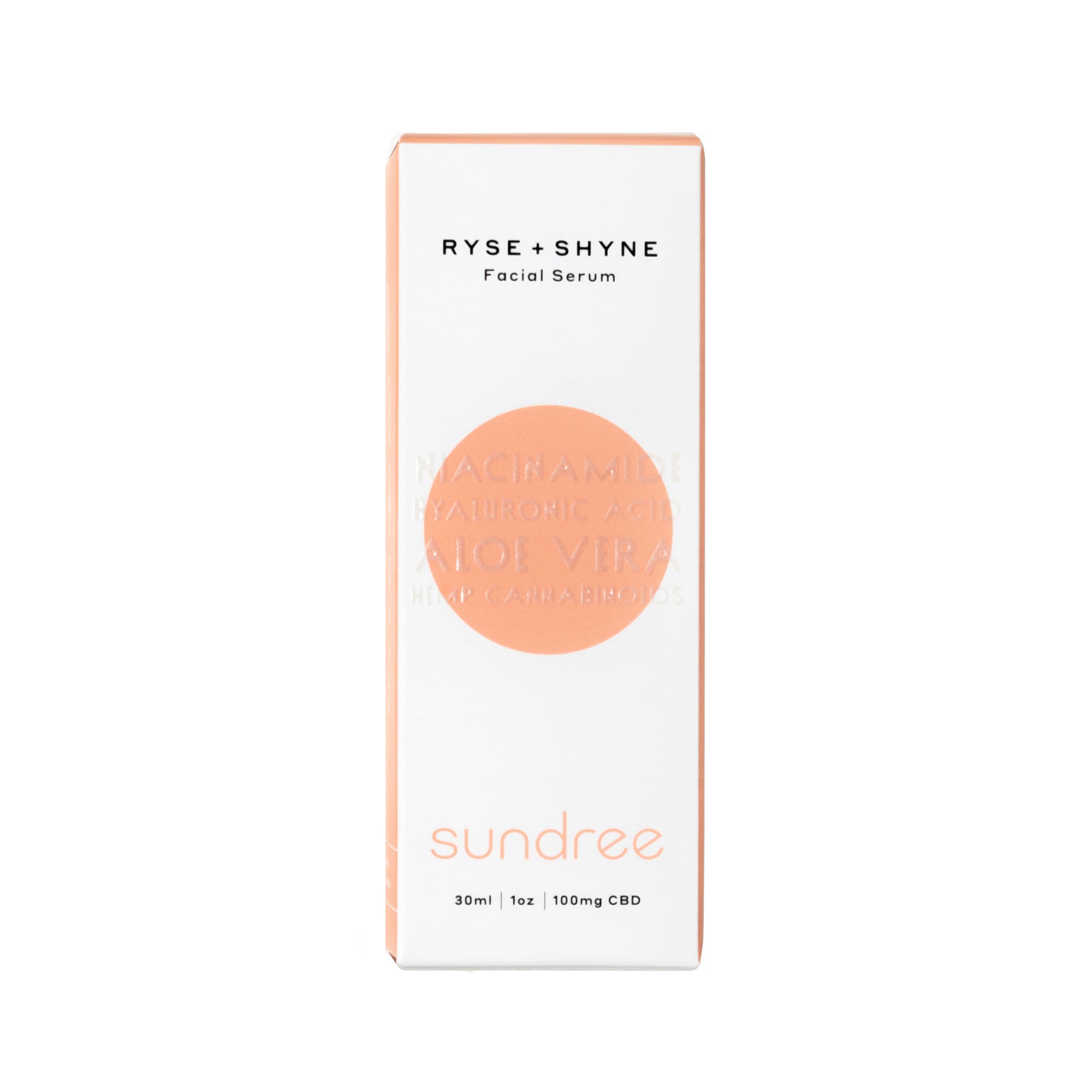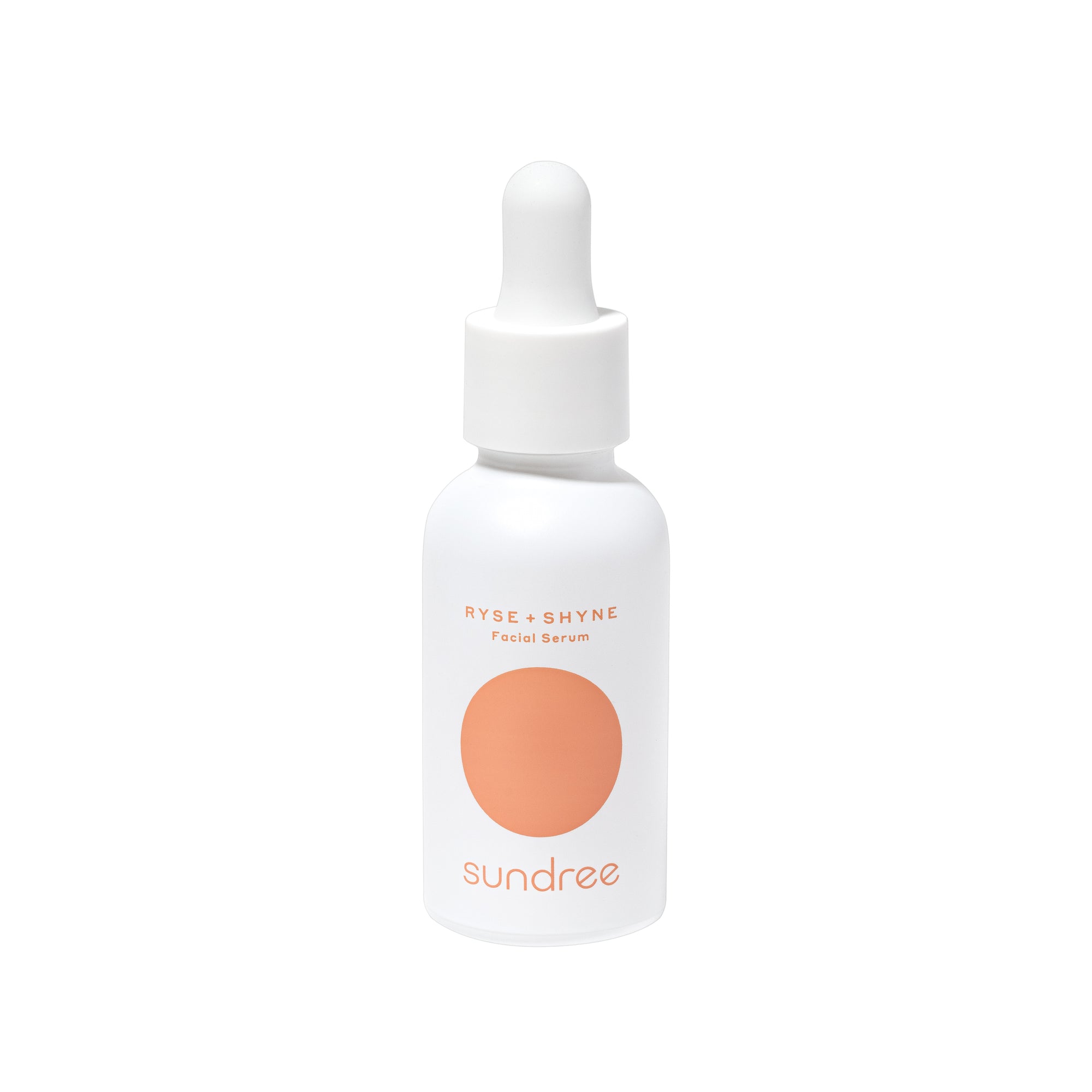Many enjoy relaxing in the warm sunshine, especially along the beaches. But whether you love getting some vacation sun or popping into a tanning bed, the bad news is that it can take a toll on your skin.
The harmful effects of free radicals and UV rays can cause several skin issues, such as sunburn, hyperpigmentation, premature wrinkles, fine lines, inflammation, dryness, and many more.
Sun damage is behind plenty of skin problems, especially aging, making it crucial to be careful about the time spent outside. If you are already noticing sun-damaged skin and want to turn the clock back or prevent sun damage, keep reading to learn more.
What is Sun Damage?
Sun damage is caused by too much or unprotected exposure to the sun, which puts the cells at a greater risk of damage and breakdown. It’s commonly referred to as photo-aging because the most prominent effect of sun damage appears in the form of premature signs of aging.
UVA and UVB radiations from a natural source, the sun, or artificial ways, such as sun lamps and tanning beds, can harm the skin's health and integrity, resulting in a speedier process of aging of the skin and a higher probability of various skin issues.
The premature signs of aging from cell deterioration caused by UV rays include deeper wrinkles, age spots, dullness, and fine lines. Sun damage can also make the skin feel and appear coarse and dry.
What are the Signs of Sun Damaged Skin?
Whenever you head out without proper sun protection, UV rays can come in contact with the skin and damage the skin cells. You may not be able to identify it initially, but with time, the damage builds up and becomes more noticeable. You can see the changes to your skin, making it look older, dull, rough, uneven, and dry.
If you’re noticing changes to your skin but are not sure if it’s due to sun damage or some other reason, here are some of the ways to know if you have sun-damaged skin or not:
- Deep wrinkles and fine lines
- Age spots, freckles, or melasma
- Broken capillaries¹
- Loose and dull skin
- Scaly and rough complexion
- Redness and irritation
- Changes to skin tone and texture
- Worry or frown lines on the forehead
These signs can show up quicker when you use tanning beds. Most people can notice the signs of sun damage in their 20s or 30s.
How to Treat Sun-Damaged Skin?
Although it may be difficult to reverse or treat sun damage entirely, there are many ways to reduce the damage and restore the skin’s health, radiance, and suppleness. Here are some of the common treatment options used to reverse and treat sun-damaged skin:
Retinol or Retinoids - These skincare compounds are derived from vitamin A and are known to offer excellent benefits for treating and reversing the early or premature signs of photo-aging or sun damage, such as wrinkles, hyperpigmentation, and fine lines.
Retinol encourages cell renewal and regeneration, which helps get rid of damaged skin cells faster. By speeding up the exfoliation process of the skin cells, retinol allows the newer, healthier cells to replace the older, damaged ones. This results in a brighter, plumper, and smoother complexion.
Antioxidant Compounds - Skincare products packed with antioxidant ingredients are your best bet at reversing or treating sun damage. Antioxidants are adored for their ability to delay and reverse the signs of aging caused by UV rays and free radicals.
Vitamin C, vitamin E, hyaluronic acid, niacinamide, and other antioxidant compounds act as shielding agents against oxidative stressors, helping to slow down the emergence of wrinkles, fine lines, dryness, and discoloration.² In addition, antioxidants fortify the skin’s protective barrier, which reduces the likelihood of collagen breakdown, dehydration, inflammation, and dryness.
For a great antioxidant-rich facial serum, we love using Sundree’s RYSE+SHYNE facial serum. It’s a hydrating serum packed with must-have ingredients like hyaluronic acid, niacinamide, and vitamin C for brighter, even-toned skin.
Exfoliating Chemicals - Sun damage can harm the skin’s natural ability to renew and rejuvenate as cell turnover slows down. This leads to the accumulation of dull, dead, and dry skin cells on the outer layer of the skin, causing uneven complexion, dryness, blemishes, clogged pores, and wrinkles.
Exfoliating chemicals can aid the skin in boosting cell turnover and replacing damaged cells with healthier ones. Exfoliants, such as alpha hydroxy acids, can stimulate a quicker cell restoration process, promoting a healthier, youthful, and radiant complexion.
Lightening Agents - Many skincare products are formulated using brightening or lightening skincare compounds to treat and reduce the appearance of melasma, age spots, freckles, and other types of hyperpigmentation on the skin.³ These lightening ingredients, especially hydroquinone, alpha arbutin, vitamin c, and kojic acid, can reduce pigment changes caused by sun damage and restore the skin’s tone and glow.
Skin-lightening effects of these agents can help reverse and reduce sunspots, melasma, liver spots, and blemishes. In addition, when used in combination with retinol, they can yield better results.
Chemical Peels - Chemical peels are a popular in-clinic procedure known as a great alternative to abrasive skin-rejuvenating treatments. It is performed by a qualified skincare specialist or dermatologist using different kinds of peeling acids to reduce wrinkles, hyperpigmentation, and fine lines. In addition, it improves the texture of the skin by promoting the removal of the damaged layer of skin and revealing healthier skin underneath.
Depending on your skin type, condition, or needs, chemical peels may vary in depth. Your skincare expert will help you determine the best option for you. Usually, several treatments are required to obtain the desired outcome. In addition, the recovery period or downtime depends on the depth of the treatment.
Dermabrasion - This skin procedure is often used to reduce the appearance of wrinkles and different kinds of scars on the surface of the skin, such as acne scars, sunspots, surgical scars, and melasma. It works by sloughing off the top layer of the skin with a handheld device.
The device scrapes or abrades the superficial layer, removing the dead, damaged skin cells that give the skin an uneven, unhealthy, and rough look. As the skin recovers after the treatment and new skin cells replace damaged cells, the skin appears fresher, smoother, and tighter. A modified and gentler version of dermabrasion, called microdermabrasion, uses tiny particles passed through a vacuum, which removes damaged or aging skin and boosts the growth of new skin cells.
Laser Skin Resurfacing - Laser skin resurfacing is performed using high-energy light of different wavelengths to burn and remove the top, damaged layer of the skin. The treatment effectively minimizes wrinkles, age spots, freckles, melasma, fine lines, and sunspots.
Laser skin resurfacing assists the skin in faster renewal and producing more collagen and elastin.
How to Prevent Sun Damage?
Sun damage is among the skin issues that are better prevented than treated. Therefore, it's essential to have a skincare routine in place that includes protecting your skin from UV rays. Here are some tips for making sure your skin stays protected from the detrimental effects of the sun:
- Make sunscreen part of your skincare plan if you’re not already using it. Apply and reapply it throughout the day.
- Invest in a vitamin C serum to supply your skin with high amounts of antioxidants and skin-brightening agents.
- Don’t neglect your chest and neck while performing skincare rituals. Apply your skincare products, especially sunscreen, to these areas too.
- Exfoliate (once or twice a week) to extract dull and damaged skin and boost cell turnover.
- Reboot your skin with nourishing and restoring skincare compounds, such as peptides, retinol, and niacinamide.
- Wear a hat when you're out and don’t sunbathe or use tanning beds too often.
Final Thoughts
There were times when we used to look forward to enjoying a sunny day to lounge in the sun. However, fast forward; now, most of us want to avoid the sun because of the skin concerns that accompany it. Sunspots, dryness, sunburn, irritation, melasma, acne breakouts, and wrinkles can result from too much sun exposure.
Luckily, many options exist to treat or reverse sun-damaged skin. You can also adopt a preemptive skincare approach to prevent sun damage and ensure your skin stays youthful and healthy in the long run.
Citations:
- Holender, Samantha. (2022). ‘Broken Capillaries on Your Face: The Expert Guide’, Marie Claire, Accessed December 1, 2022. Available at: https://www.marieclaire.com/beauty/a26539/broken-capillaries/
- Brooklyn. (2021). “Hyaluronic Acid In Your Skincare Routine’, Sundree, Accessed December 1, 2022. Available at: https://sundree.com/blogs/news/hyaluronic-acid-in-your-skincare-routine
- Booth, Stephanie. (2002). ‘Freckles’, WebMD, Accessed December 2, 2022. Available at: https://www.webmd.com/skin-problems-and-treatments/freckles-skin-spots














